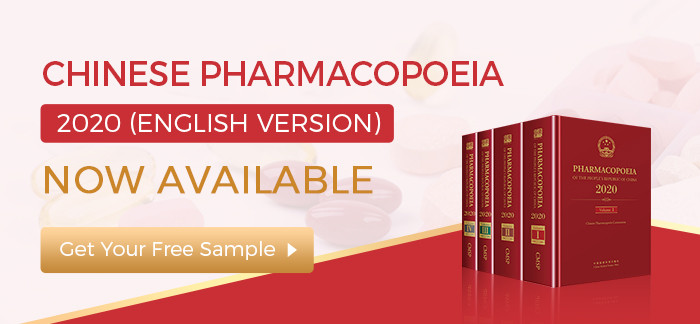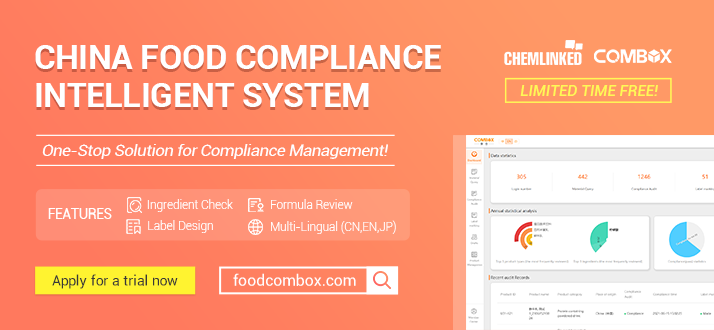China ANDA NDA: How to Get China’s Marketing Authorization for OTC Drugs
In China, the marketed drugs have been divided into prescription drugs (Rx drugs) and non-prescription drugs since 2000. Non-prescription drugs, also known as over-the-counter (OTC) drugs, can be bought and used without a prescription from a licensed physician.
According to the health information and clinical research service provider IQVIA, China’s OTC drug market size is expected to grow from 244 billion yuan (circa US$35.39 billion) in 2021 to 306.1 billion yuan (circa US$44.4 billion) in 2025, with a compound annual growth rate of 5.3%.
To enter such a market via general trade, OTC drugs usually need to go through complicated marketing authorization procedures that may last 2-3 years for drugs exempted from clinical trials, or even 4-5 years for drugs subject to clinical trials.
This article discusses how to market OTC drugs in China via marketing authorization application or Rx-to-OTC switch.
Contents
1. China’s Marketing Authorization for OTC Drugs
1.1. NDA & ANDA Procedures
1.2. NDA & ANDA Documentation
2. Application for Rx-to-OTC Switch
2.1. Rx-to-OTC Application Scope
2.2. Rx-to-OTC Application Procedures
2.3. Rx-to-OTC Application Documentation
3. Future Regulation: OTC Drug Marketing Authorization Procedures May Be Simpler
4. BaiPharm’s NDA and ANDA Preparation and Submission Services
1. China’s Marketing Authorization for OTC Drugs
In China, OTC drugs are subject to the same marketing authorization procedures as prescription drugs. Though more widely used and safer than prescription drugs, OTC drugs do not have an independent marketing authorization system.
Currently, there are two routes for getting OTC drug marketing authorization from China National Medical Products Administration (NMPA).
- Unmarketed OTC drugs applying for marketing authorization under the drug classification rules, which are the same for prescription drugs.
- Marketed prescription drug applying for Rx-to-OTC switch.
As of Sept. 1, 2022, China NMPA has approved 5,041 OTC drugs, including 1,111 chemical drugs, 3,921 traditional Chinese medicines, and 9 biological products.
Among the approved OTC drugs, 805 were former prescription drugs and granted OTC status via Rx-to-OTC switch, while 192 of the 805 having both Rx and OTC statuses.
1.1. NDA & ANDA Procedures
New drug applications (NDAs) are for innovative/improved new drugs, while abbreviated new drug applications (ANDAs) are for generic drugs. Their procedures are illustrated available here.
1.2 NDA & ANDA Documentation
NDAs are required to include documents in M1-M5 modules. ANDAs should include M1, M2, M3, and M5 documents. However, M5 documents are not needed when the ANDA is exempted from BE studies and clinical trials.
M1: Regional Administrative Information
- Cover letter
- Table of contents
- Application form
- Product information
- Application status (if applicable)
- Application for expediting approval (if applicable)
- Meeting information (if applicable)
- Change during the clinical trial (if applicable)
- Risk management
- Post-approval studies (if applicable)
- Post-approval change (if applicable)
- Applicant’s/MAH’s certificate and qualification documents
- Small-and-micro enterprise certificate (if applicable)
For imported drugs:
- Appointment letter for the Chinese agency
- Drug approval from the authority of the country of origin
- GMP and production authorization letter from the country of origin
- Application form filled out by the Chinese agency
M2: Summary Table for Main Study
- Quality overall summary (QoS)
- Non-clinical overview
- Clinical overview: analysis of clinical data in common technical documents (CTDs)
- Tabulated non-clinical summary
- Clinical conclusion: conclusion of all the clinical data in CTDs
M3: Pharmaceutical Study
- Drug substance
- Drug product
- Regional information
M4: Non-clinical Study
- Review of non-clinical study
- Primary pharmacodynamics
- Safety pharmacology
- Single-dose toxicity
- Repeat-dose toxicity
- Genotoxicity
- Reproductive toxicity
- Carcinogenicity
- Dependence
- Hypersensitivity, hemolytic, and local tolerance
- Others
- Non-clinical pharmacokinetics
M5: Clinical Study
- BE study (if applicable)
- Clinical trial (if applicable)
2. Application for Rx-to-OTC Switch
[Read more at Baipharm]
Reference Links
- Free Webinar: How to Sell OTC Drugs to China via Cross-border E-commerce
- China Seeks Public Advice on Colorant Standards of Drug Excipients [English Form Download for Free]
- FAQs on BE Study, Reference Listed Drug, and Quality & Therapeutic Equivalence Evaluation | China CDE
- FAQs on Drug Registration Applications & Clinical Trials | China CDE
Contact Us
With our experts across China, Japan, South Korea, the United States, and Europe, BaiPharm is fully qualified to engage in complex market entry projects of finished drugs, APIs, excipients, and packaging materials for most key markets.
If you have any questions about pharmaceutical regulatory compliance in China, please feel free to contact us.
Tel: +86 (0)571 8710 3829





